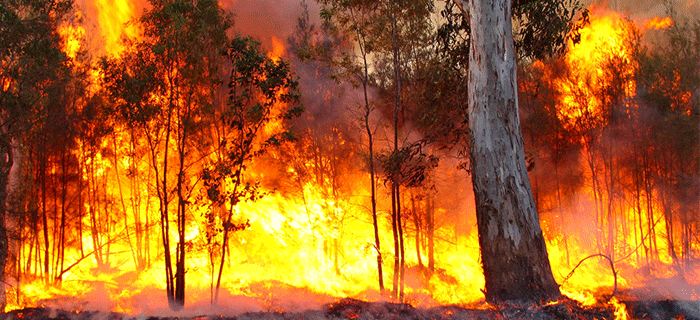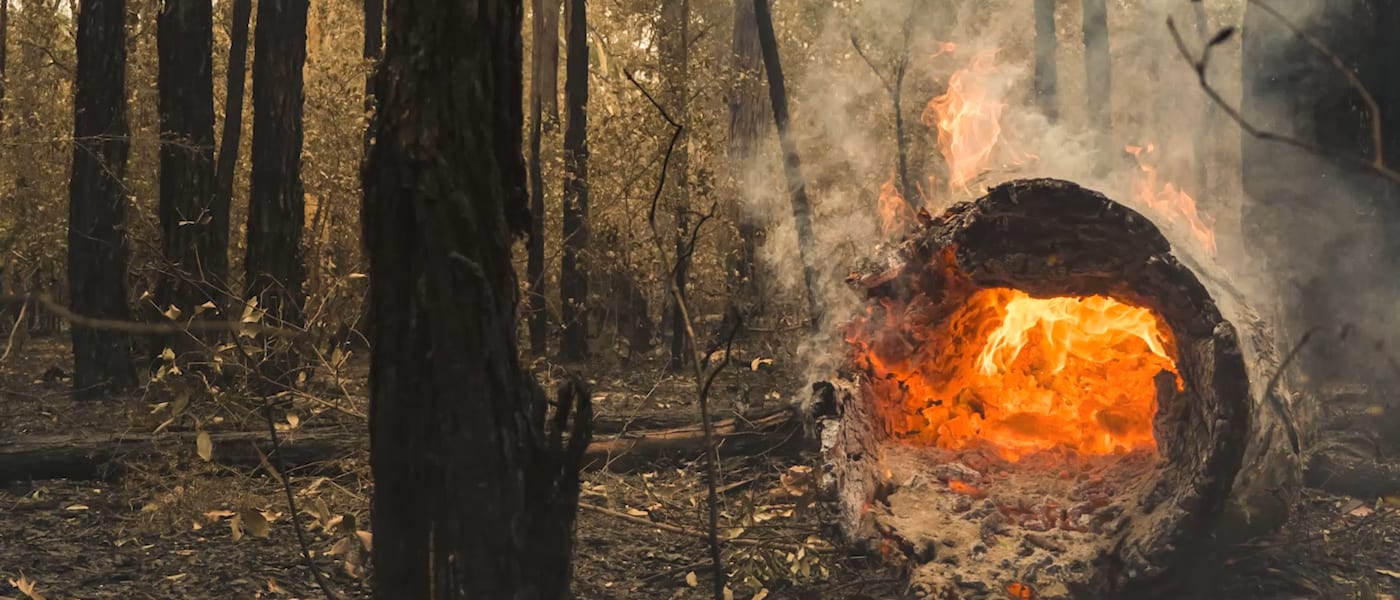Mastering Bushfire Preparedness: The Role of a BAL Assessment in Risk Mitigation
The Value of Bushfire Administration in Fire Defense
In the world of fire security, the relevance of reliable bushfire administration can not be downplayed. As neighborhoods worldwide come to grips with raising instances of wildfires, the proactive strategy to stop and minimizing these natural catastrophes with tactical bushfire monitoring approaches has become an important element. Past the immediate threat to human life and property, the interaction between bushfire management and eco-friendly preservation, neighborhood involvement, and environment adjustment postures intricate difficulties that demand thorough solutions.
Value of Proactive Bushfire Avoidance
Proactive bushfire avoidance methods are vital in mitigating the devastating effects of wildfires on ecosystems and areas. One key facet of positive bushfire prevention is fuel monitoring.
In addition, creating firebreaks - removed areas where vegetation is tactically gotten rid of to produce an obstacle to slow down or quit the progression of a bushfire - is an additional vital proactive procedure. By executing these methods, the spread of wildfires can be limited, safeguarding both human lives and the atmosphere. In addition, enlightening the general public ablaze security methods and promoting neighborhood awareness concerning the relevance of bushfire prevention are essential components of aggressive methods. Ultimately, proactive bushfire prevention plays a substantial role in guarding areas and communities from the destructive impacts of wildfires.
Function of Neighborhood Interaction in Fire Security
Involving the neighborhood in fire protection initiatives is integral to improving the performance of positive bushfire avoidance strategies. Neighborhood engagement plays a critical role in fostering a cumulative understanding of the threats postured by bushfires and the importance of readiness procedures. By involving neighborhood residents, authorities can disseminate important information ablaze safety methods, evacuation treatments, and early caution systems, equipping individuals to take proactive actions to safeguard their buildings and lives.
Moreover, area interaction initiatives assist construct resilience within neighborhoods, cultivating a feeling of unity and shared responsibility in mitigating fire risks. Through workshops, training sessions, and area occasions, citizens can learn how to develop defensible rooms around their homes, minimize fire fuel lots, and determine potential risks. By cultivating a society of readiness and collaboration, areas can enhance their capability to respond properly to bushfire emergencies, decreasing the effect on lives and buildings. Eventually, neighborhood involvement is a keystone of comprehensive fire protection techniques, highlighting the significance of collective action in safeguarding vulnerable locations from the danger of bushfires.
Importance of Wildlife Conservation in Bushfire Administration
Preservation of wildlife plays a vital function in effective bushfire administration techniques, ensuring the security of diverse environments and biodiversity in fire-prone regions. Wild animals preservation is crucial as it contributes to the general strength of communities, aiding in their capacity to recoup and stand up to from the effect of bushfires. By conserving habitats and protecting numerous varieties, the natural equilibrium within these ecological communities is maintained, which is essential for their long-lasting wellness and sustainability.
Additionally, wildlife conservation likewise assists in reducing the threat and strength of bushfires. Healthy communities with well-preserved wildlife populations can serve as all-natural firebreaks, decreasing the spread of fires and restricting their devastating possibility (BMP). Specific animal varieties, like tunneling animals or birds that spread out seeds, play special roles in avoiding fires or aiding in the post-fire regrowth of habitats
Including wildlife visit this site right here preservation into bushfire monitoring techniques is not just crucial for securing biodiversity however likewise for promoting the general health and resilience of communities when faced with boosting fire threats.
Benefits of Strategic Gas Decrease Programs
Strategically executing fuel reduction programs is crucial in alleviating the threat and impact of bushfires in fire-prone areas. These programs include controlled burning, mechanical clearing up, and various other methods to reduce the quantity of flammable greenery available to fuel wildfires. By strategically decreasing gas loads in essential areas, such as close to household communities or crucial framework, the strength and spread of bushfires can be substantially decreased.
One of the main benefits of gas reduction programs is the enhancement of general fire durability in a community. By developing calculated fuel breaks and minimizing the continuity of plant life, these programs assist to interrupt the course of a bushfire, making it simpler for firefighters to contain and snuff out the blaze. In addition, gas reduction programs can safeguard biodiversity by protecting against exceedingly extreme fires that can ravage environments and threaten wildlife populations.
Furthermore, these programs can likewise guard human lives and residential property by lowering the risk of tragic fires that pose a considerable threat to neighborhoods. Ultimately, calculated fuel reduction programs play a crucial function in proactive bushfire administration and promoting a safer environment for both people and nature.
Effect of Climate Modification on Bushfire Danger

Greater temperature levels lead to drier plant life, making it much more at risk to ignition. Decreased rains in specific areas extends drought problems, further raising the flammability of the landscape. Additionally, the transforming environment has actually modified wind patterns and atmospheric conditions, leading to more erratic fire behavior and rapid fire spread.
As the environment remains to transform, the frequency official source and intensity of bushfires are expected to increase, requiring a flexible and proactive approach to bushfire monitoring. Methods have to evolve to represent the altering danger landscape, including environment estimates and thinking about long-lasting strength in fire management planning. Attending to the effect of climate adjustment on bushfire risk is critical in creating effective techniques to safeguard lives, property, and the environment.
Conclusion
To conclude, positive bushfire avoidance, community involvement, wildlife conservation, critical gas reduction programs, and factor to consider of climate modification are essential components in efficient fire protection. By applying these methods, we can better manage bushfire risks and protect both human lives and the atmosphere. Bushfire Management Read Full Article Plan. It is critical that stakeholders interact to prioritize these procedures to lessen the devastating influence of bushfires on communities and communities

As the environment proceeds to alter, the frequency and strength of bushfires are anticipated to climb, necessitating a flexible and proactive approach to bushfire administration.In verdict, positive bushfire prevention, area interaction, wildlife conservation, calculated fuel decrease programs, and consideration of climate adjustment are critical parts in reliable fire security.